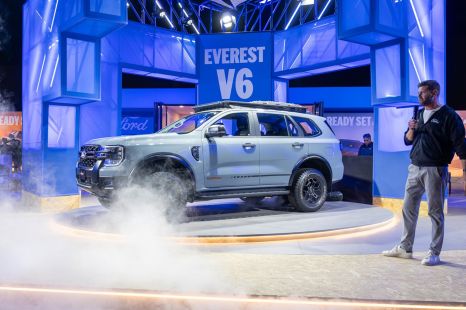

Damion Smy
Ford Everest Tremor gets 260kW V6 ‘Ranger Raptor’ treatment
12 Hours Ago
A V6 turbo-diesel in a segment dominated by four-cylinder engines segment could make the new Everest Sport a fox in the hen house.
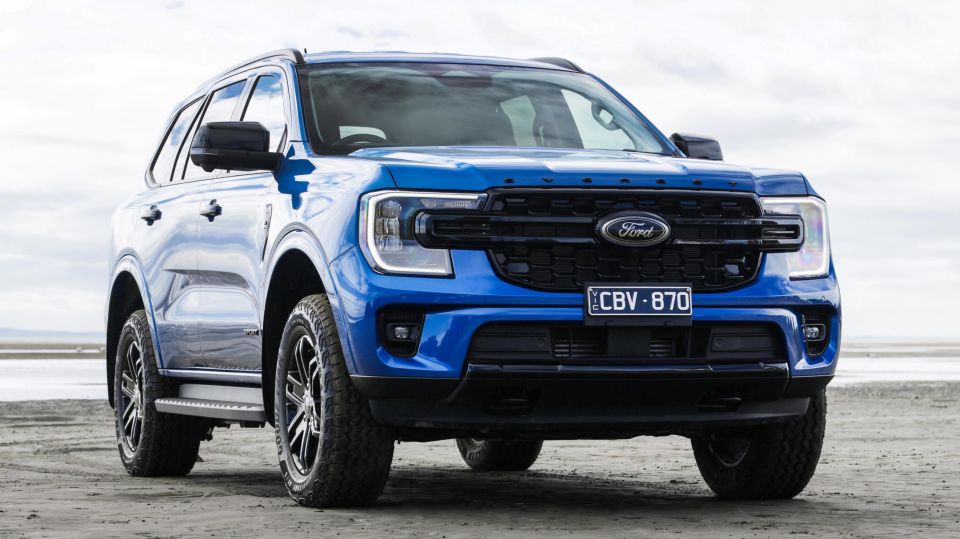
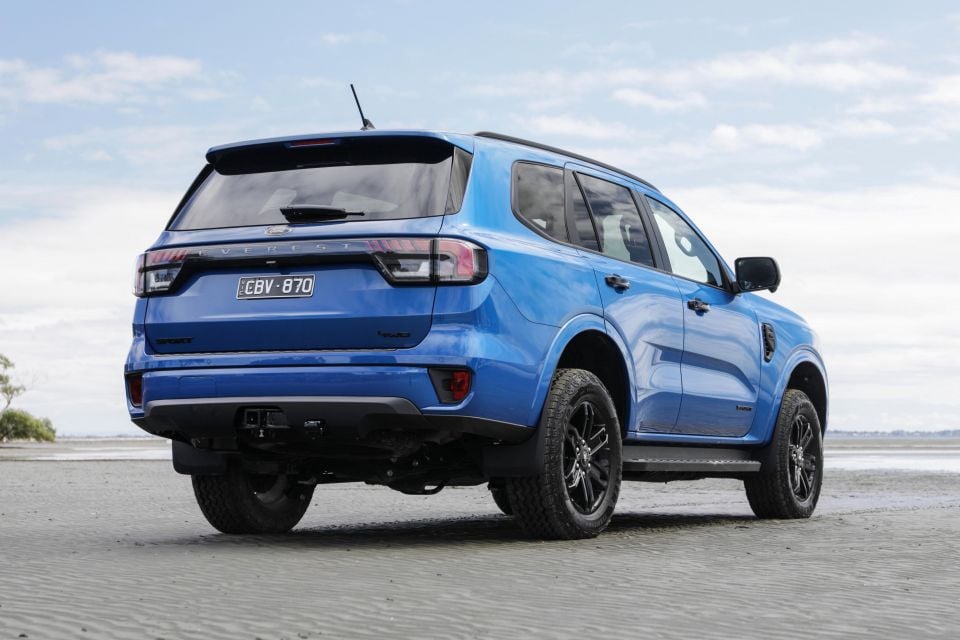

Quickly see how this car stacks up against its competition. Select any benchmark to see more details.
Where expert car reviews meet expert car buying – CarExpert gives you trusted advice, personalised service and real savings on your next new car.
It seems like so long ago now, but once upon a time in Australia there was a Ford-badged SUV that was neck-and-neck with the Toyota LandCruiser Prado in sales.
That was the locally engineered, locally-built Territory, which eventually received the option of a 2.7-litre turbo-diesel V6 engine shared with a range of Land Rover vehicles.
Sadly, Ford ended local manufacturing in 2016 and the unibody Territory crossover went with it.
The good news is Ford has a new locally engineered – if not locally built – three-row SUV, and it features a familiar engine.
The new, body-on-frame Ford Everest, like the Ranger it’s based on, packs an available 3.0-litre ‘Lion’ V6 turbo-diesel, an evolution of the engine that was so popular in the Territory.

The 2.0-litre Bi-Turbo four-cylinder diesel remains in lower-spec Ambiente and Trend models, while the Sport and Platinum are V6-only propositions.
The presence of two extra cylinders alone could help shake up this segment. Not even the dominant Toyota LandCruiser Prado can be had with a bent-six, while rivals like the Isuzu MU-X and Mitsubishi Pajero Sport are also four-cylinder-only.
The sharp new styling also helps the Everest stand out. It leans further into its close kinship with the Ranger, but that also gives it a familial resemblance to large American Fords like the F-150 and Expedition.
In designing the new Everest, Ford said it wanted to move away from the softer, narrower, taller look of the old car, and they’ve in turn created something with more presence and vastly better proportions than the often awkward-looking ute-based SUVs in this segment.
We suspect the Everest could coax some sales away from its rival body-on-frame SUVs, and potentially bring old Territory owners back to the Ford fold in a way the previous Everest and defunct Endura couldn’t.
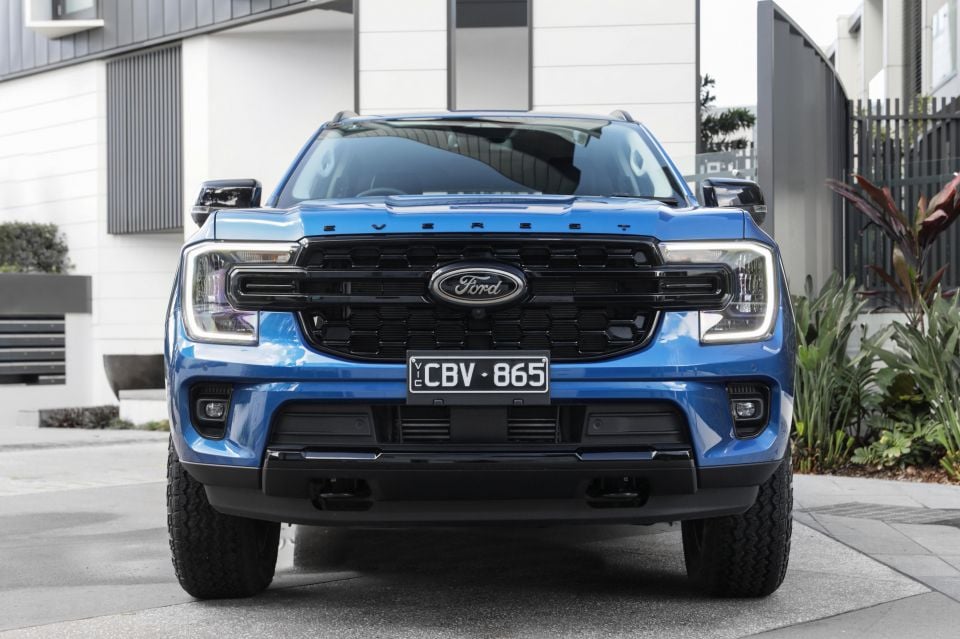
The Everest range opens at $52,990 before on-roads for the base Ambiente 4×2 five-seater and tops out $77,690 before on-roads for the Platinum 4×4.
The Sport sits in between, priced at $69,090 before on-roads and coming only with seven seats, four-wheel drive, and the 3.0-litre turbo-diesel V6. Despite packing a more powerful engine than the Trend, plus more kit, Ford only charges a $3800 premium.
Metallic paint is a $675 option, while you can swap the standard 20-inch alloys for 18s on all-terrain tyres for no extra cost.
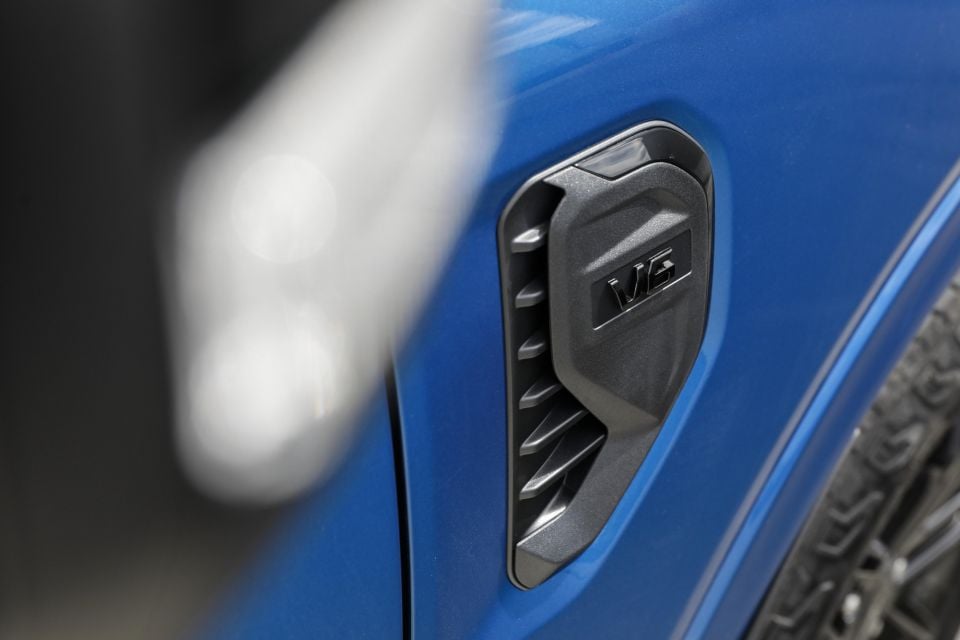
Similarly priced body-on-frame 4x4s include:
In short, it’s top-spec ute-based SUV money, which means mid-range Prado money. If outright off-road ability isn’t a priority, you could cross-shop the Everest Sport with the following large all-wheel drive crossovers:
All prices exclude on-road costs
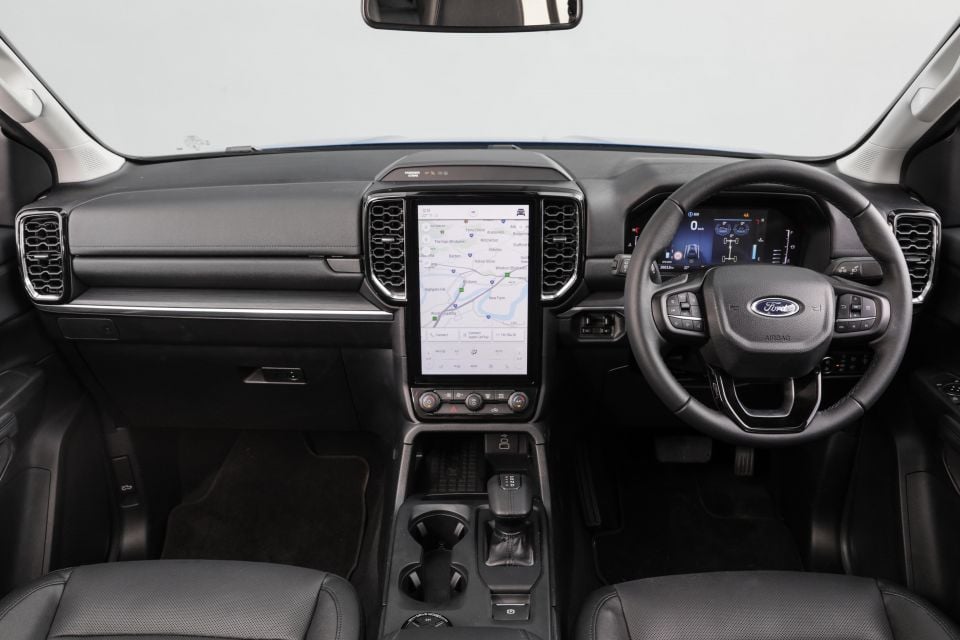
Buy your new car without the stress. It's fast, simple and completely free.

Great service from Travis and team, second time I have used this business would not hesitate to recommend them to anyone
Craig C.
Purchased a Ford Ranger in Sunshine Coast, QLD
CarExpert helped Craig save thousands on his Ford Ranger, now let us save you on your next new car.
Find a dealPutting the Everest and Ranger interiors next to each other would make for a great Spot the Difference.
That’s both a good and a bad thing. The good news is the Everest gets the same enormous portrait-oriented touchscreen (12 inches in Trend and up) running the latest Sync 4 infotainment system.
It looks thoroughly modern, response times are generally quick, and its menus are intuitive for the most part. Importantly for Ford it leaves rival systems from Isuzu, Mitsubishi and Toyota for dead, and offers higher-resolution camera views and over-the-air updates to boot.
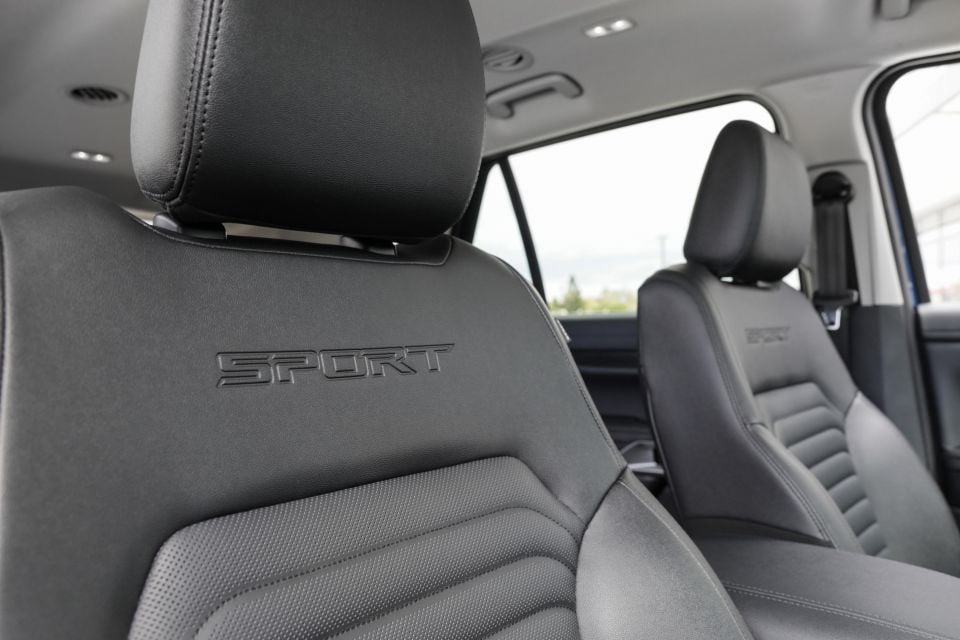
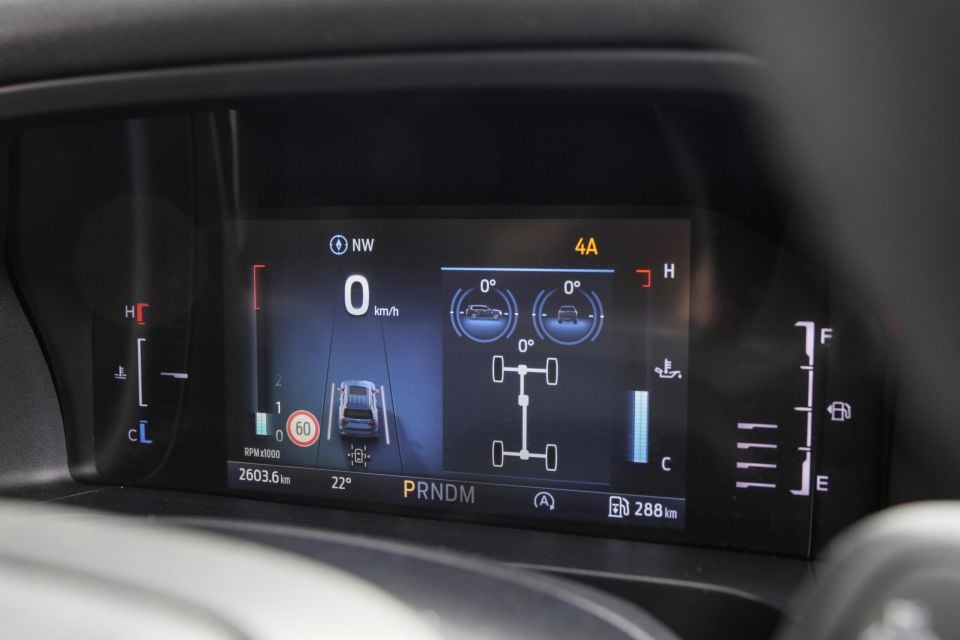
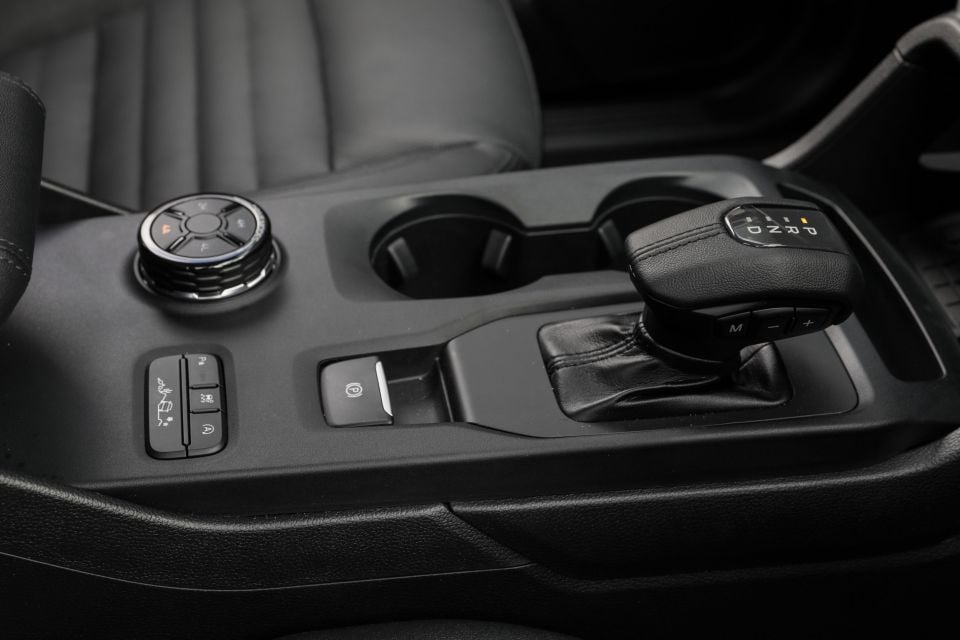
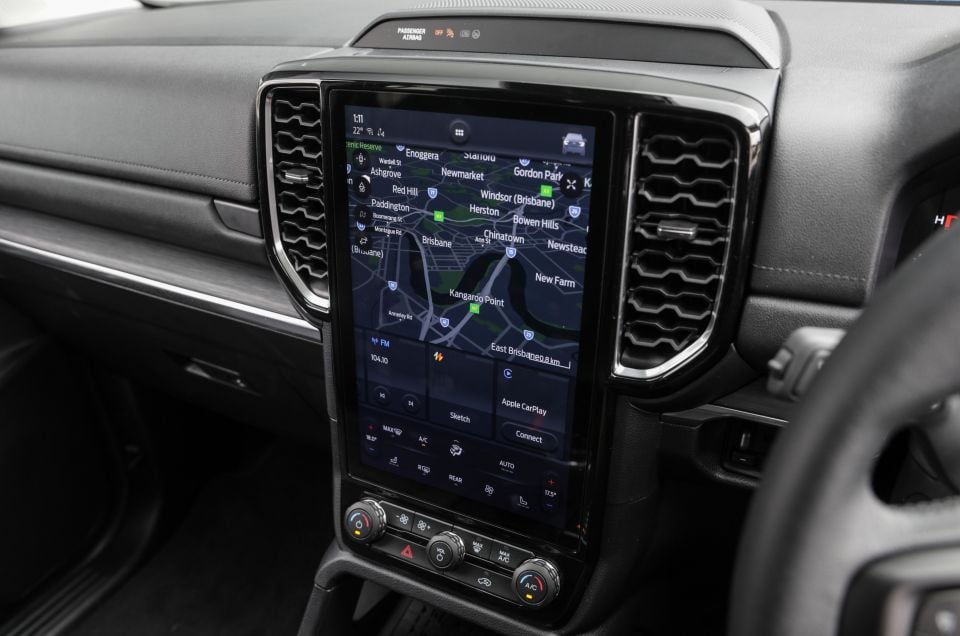
All Everest models also get a digital instrument cluster, though only the Platinum gets the full-sized 12.4-inch display. Again, this display looks crisp and contemporary, and it’s easy to read.
The overall layout of the dashboard is simple and straightforward, with tactile physical climate controls situated below the screen, and a wireless charging port and USB-A and USB-C outlets below these.
Storage is also good, with the Everest featuring a rare (for an SUV) upper glove box in addition to the regular glove box.
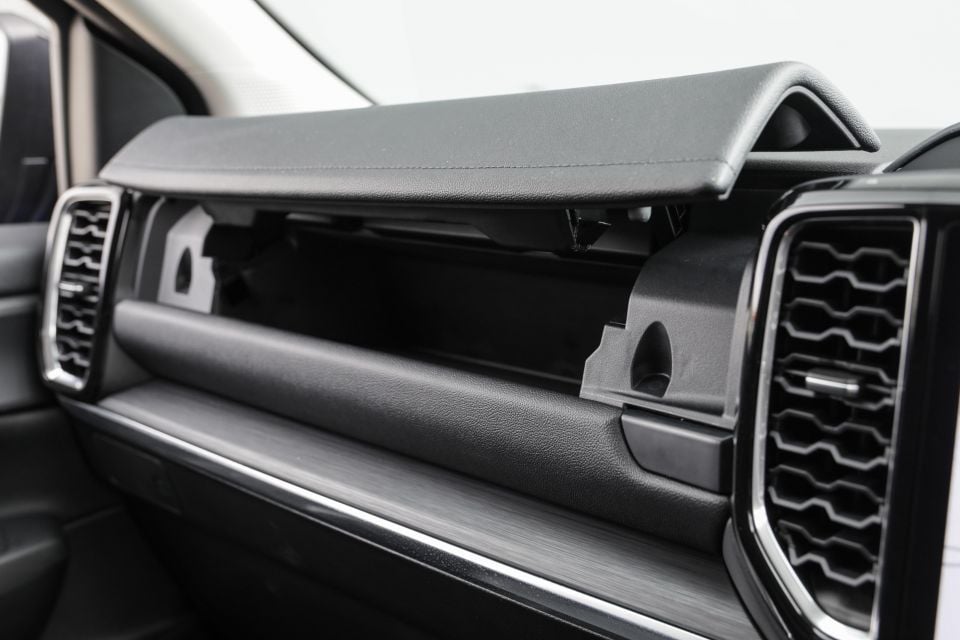
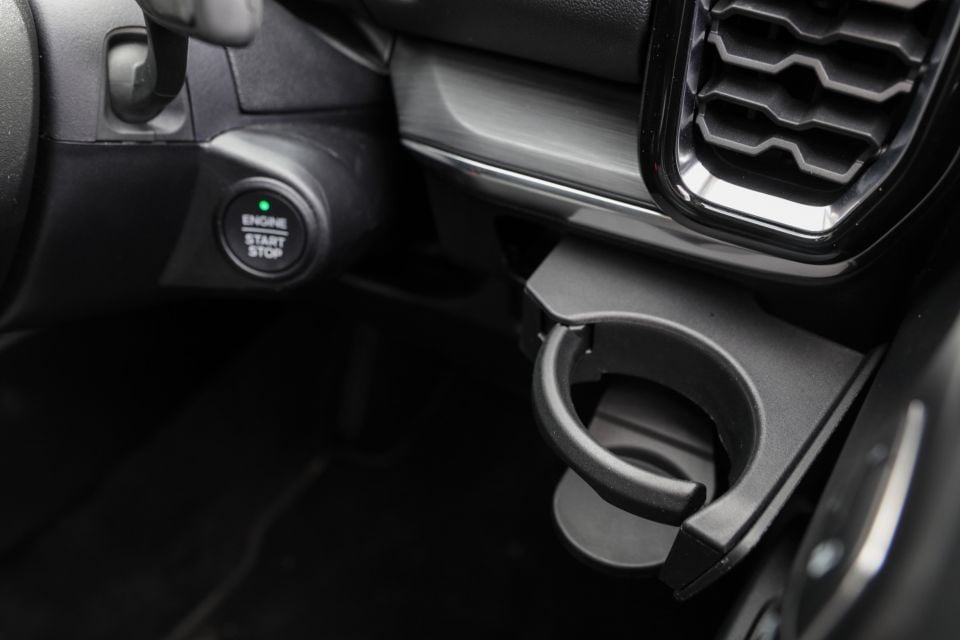
There are also pop-out cupholders on each end of the dash. Both of these are features more commonly seen in utes than in SUVs.
While the Everest’s interior enjoys the heights of the Ranger’s, it also suffers from the lows. Some of those demerits, while tolerable in a ute, are less so in a circa-$70k SUV.
All the Everests I sat in at Ford’s launch event featured the same cheap plastic along the sides of the centre stack, with noticeable joins and trim pieces not sitting flush with each other.
The ‘legs’ below the touchscreen similarly have too much give, and are made of unforgiving, drab black plastic. Hard plastic trim abounds in the interior, though there’s a swathe of soft-touch trim across the front of the dash.
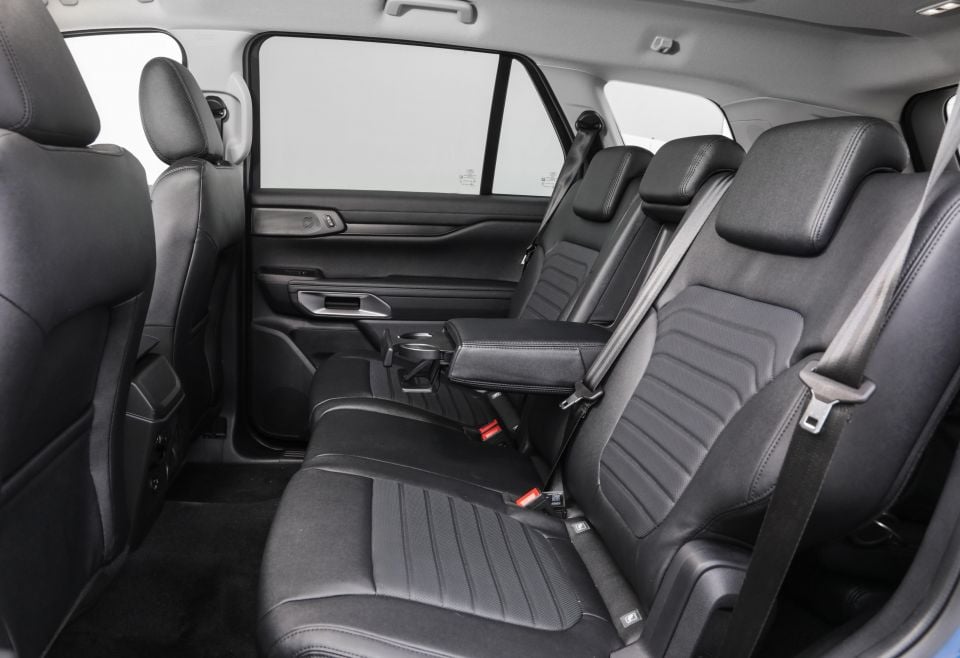
The fit and finish was worse than fellow ute-based SUVs and, while rivals like the MU-X also make extensive use of hard plastics, why must we forgive these vehicles this indiscretion when we wouldn’t do the same for a circa-$70k crossover?
The Platinum has a somewhat improved cabin ambience, with stitching details on the sides of the centre console, ambient lighting, and faux wood trim. But even it fails to hide its commercial vehicle origins, and lacks the more upscale – if dated – feel of the considerably older LandCruiser Prado.
Step into the second row and there’s plenty of room, plus a pair of USB outlets. But where the Everest’s boxy new styling has most paid dividends is in the third row.
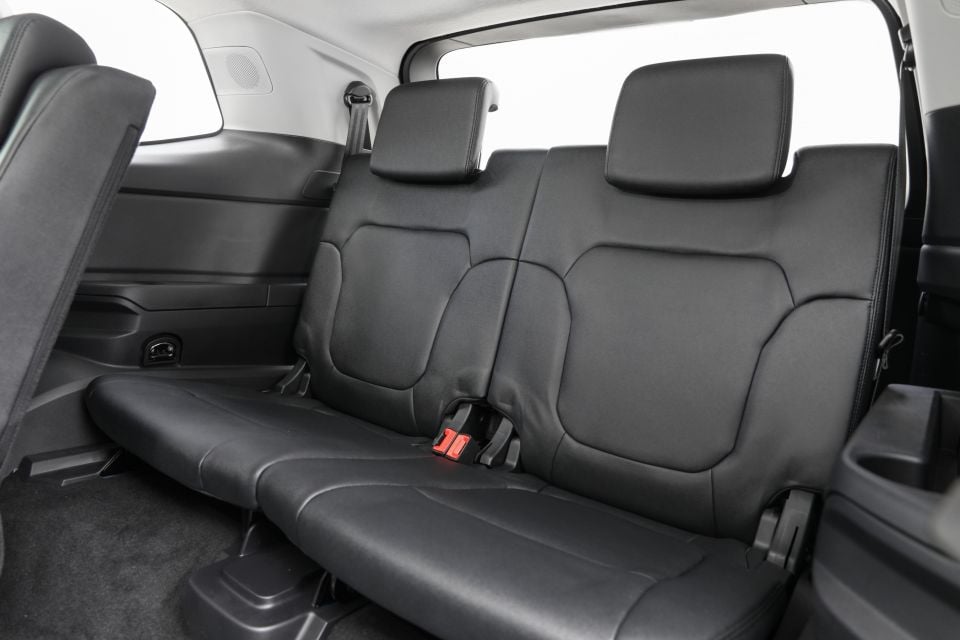
There, headroom has been improved thanks to the new car’s more squared-off shape. The roof-mounted air vents result in a lowered centre section of the headliner, but it doesn’t impact headroom dramatically.
I measure 180cm and found the third row acceptable both to access and to sit in. With the second row pushed all the way back, my knees were against the seatbacks and toe room was limited.
If third-row passengers negotiate with their second-row counterparts, however, a good compromise can be reached as the second-row seats can slide.
Decently sized windows mean the third row isn’t too gloomy, and amenities include the aforementioned vents, and a 12V outlet and cupholder for each passenger, though no USB outlets. Curtain airbag coverage does extend to the third row, fortunately.
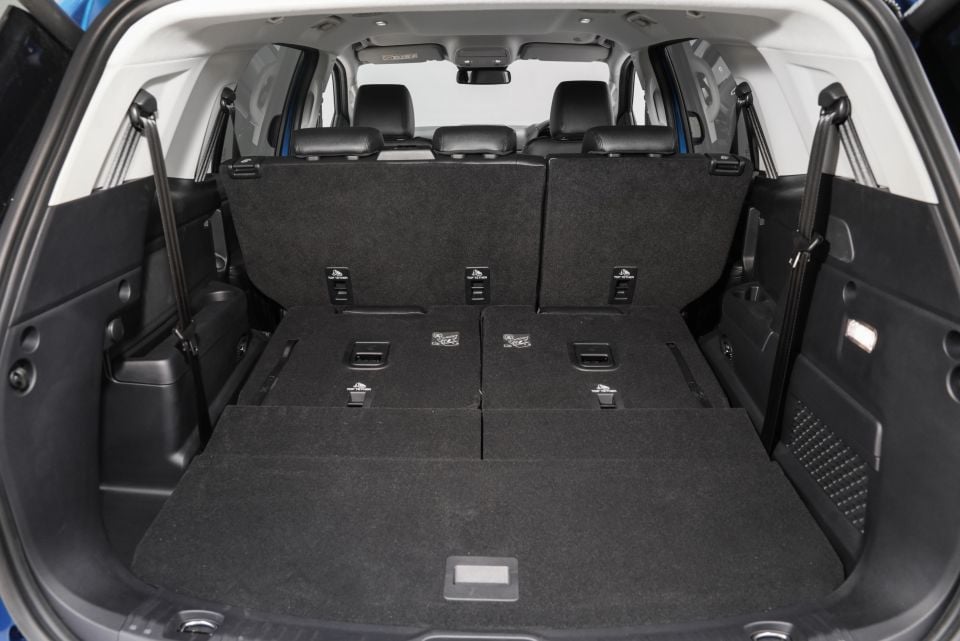
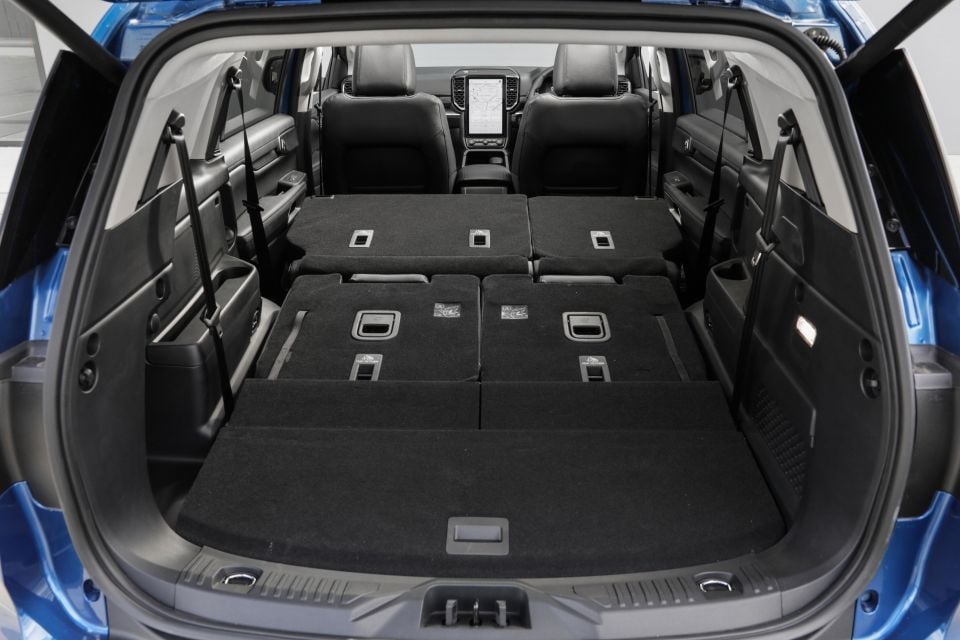
There’s a top-tether child seat anchor point for each seat in the second and third rows, plus a pair of ISOFIX anchor points for the second-row outboard seats.
Behind the third row, there’s 259L of cargo space, expanding to 898L with it folded and 1823L with the second row folded. With all three rows up, you can fit either two duffel bags or perhaps one suitcase, depending on its size.
All Everest models have a full-size spare and the Sport is no exception, with a standard 20-inch alloy wheel.
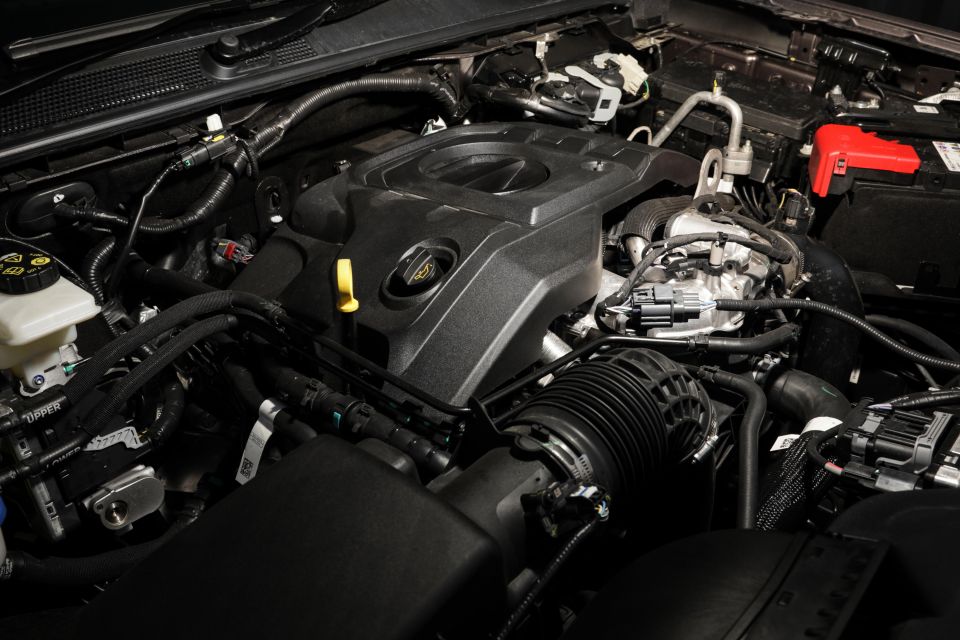
The Everest Sport is powered by a 3.0-litre turbo-diesel V6 producing 184kW of power at 3250rpm and 600Nm of torque between 1750 and 2250rpm.
These outputs are up 30kW and 100Nm on the 2.0-litre BiTurbo, and are up 34kW and 100Nm on the Prado’s turbo-diesel four.
The V6 is mated to a 10-speed automatic transmission and full-time four-wheel drive. Braked towing capacity has been bumped up from 3100kg to 3500kg.
Ford claims combined cycle fuel economy of 8.5L/100km, compared to 7.2L/100km for the Bi-Turbo 4×4. All models have an 80L fuel tank.
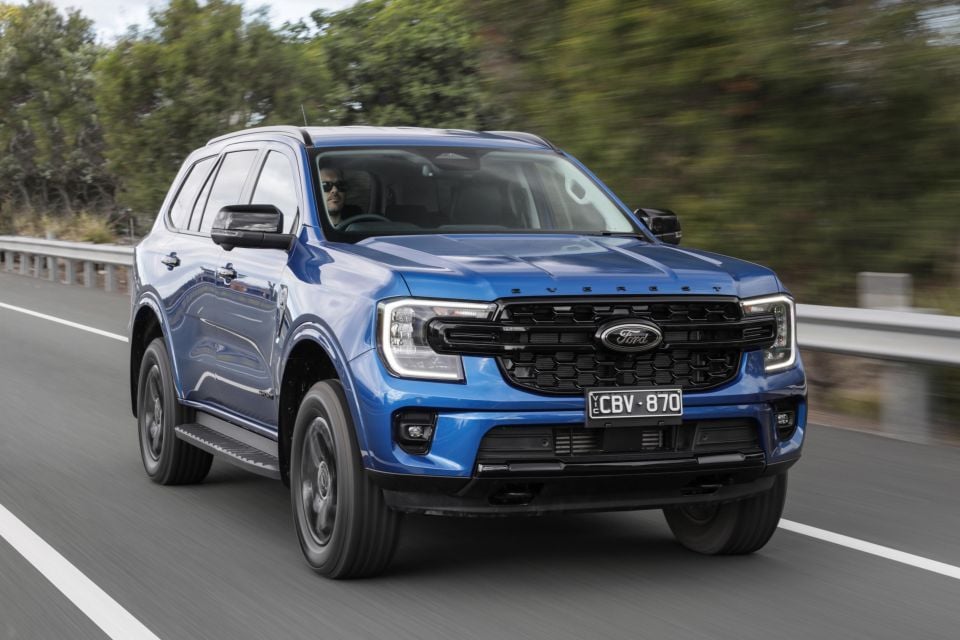
Ford’s engineers have managed to bring the Everest closer to unibody SUVs in terms of refinement and roadholding.
Ride quality is especially impressive, particularly considering it retains a solid rear axle. There’s very little in the way of frame shake, and the ride is nicely damped over pockmarked roads.
It also manages to feel nicely tied down over more undulating roads. That’s no surprise, as the last Everest also had exceptionally good ride quality for a large, body-on-frame SUV.
On our drive through Mount Nebo and Mount Glorious in Queensland, a fabulously twisty route, the Everest always felt planted with body roll well-controlled for a vehicle of this size and construction.
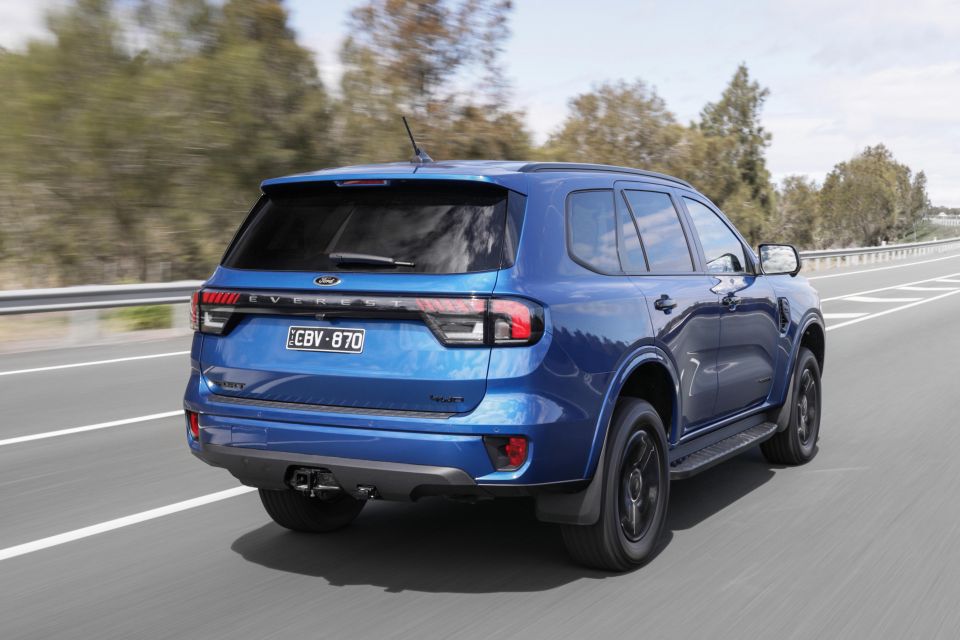
It still doesn’t feel quite as nimble as the likes of a unibody Hyundai Santa Fe or Mazda CX-9, but it feels more poised than its ute-based rivals.
The steering is nicely weighted without being overly light, which inspires confidence on winding mountain roads like those we traversed.
The headline act is the smooth turbo-diesel V6. It doesn’t push you back in your seat off the line, but there’s plenty of grunt at low revs and the power swells until, next thing you know, you’re over the speed limit. Oops.
While there’s frustratingly no paddle shifters, manual intervention is scarcely required.
Should you wish to change gears manually, you’ll have to use the plus and minus buttons on the side of the shifter. This is a misguided American automotive trend we’d love to see the back of.
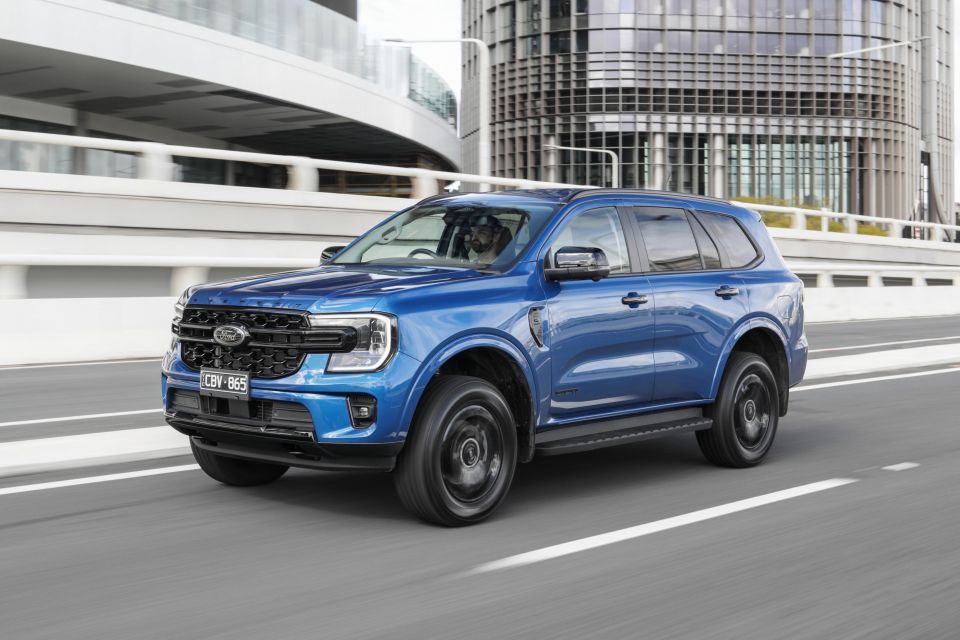
Where expert car reviews meet expert car buying – CarExpert gives you trusted advice, personalised service and real savings on your next new car.
The 10-speed auto seems better calibrated with this more powerful engine than in the four-cylinder, where it still has a tendency to hunt between gears despite changes to its calibration.
The V6 also naturally sounds better than the turbo-diesel four, with a less agricultural engine note.
Ford has touted its work making the Everest’s cabin a “quiet sanctuary”, and this isn’t just marketing hyperbole.
The cabin is genuinely hushed, with engine noise well-suppressed and little in the way of tyre roar permeating – even if you’re driving on coarser-chip roads on the optional all-terrain tyres. This applies not only to the V6 but also the four-cylinder Bi-Turbo.
The adaptive cruise control features stop/go and lane centring, and the system works well at keeping you within your lane.
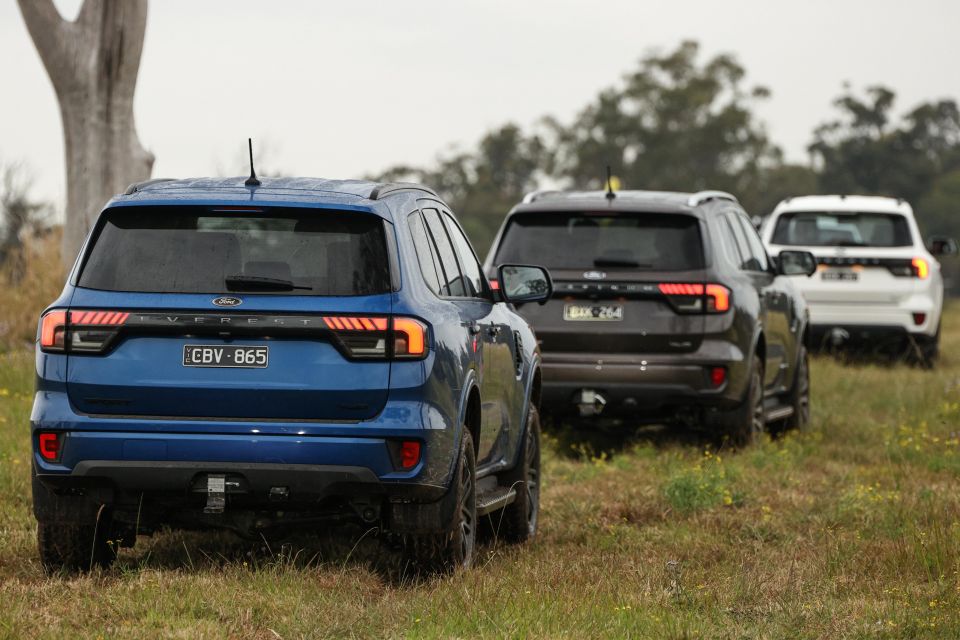
The Everest glided through our off-road course. It has 226mm of ground clearance in Sport trim, with a wading depth of 800mm.
Approach, departure and breakover angles are 30.2, 25 and 21.9 degrees, respectively, and there’s a locking rear differential for rougher stuff. Also standard is a well-calibrated hill descent control.
The surround-view camera, part of a $1950 Touring Pack, is worth the cost of admission. It allows you to leave the front camera on while you’re off-roading, and presents a high-resolution view of the trail ahead featuring guidelines. Even without it, the bluff front end is quite easy to place.
There are Slippery, Mud/Ruts and Sand drive modes for off-roading, while an off-road information screen displays data like the steering angle and vehicle pitch and roll angles.
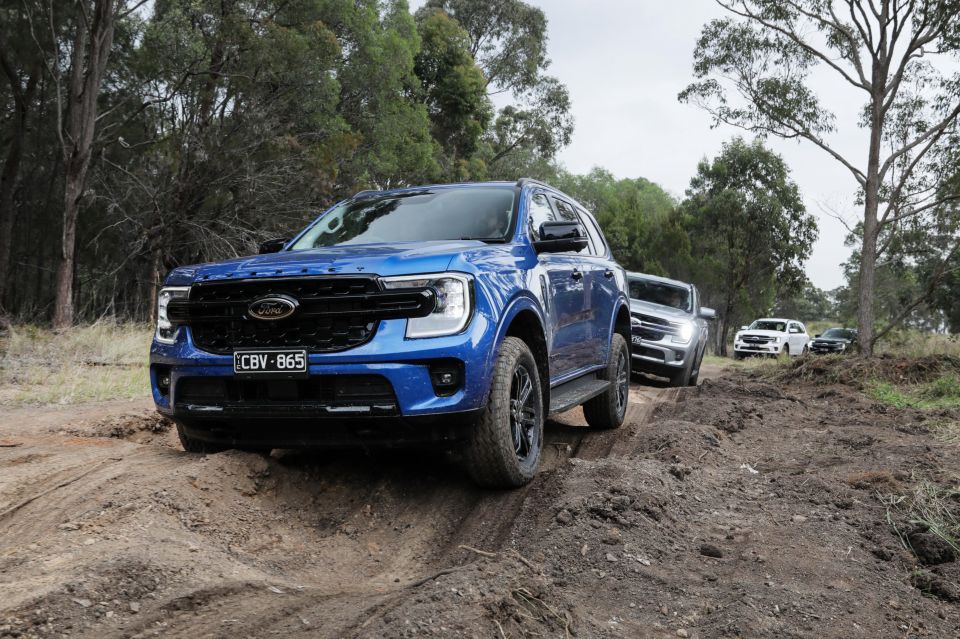
The Everest continues to use a full-time four-wheel drive system, with selectable low- and high-range gearing; you can also operate it in pure rear-wheel drive mode by selecting 2H or putting it in Eco mode.
In a segment where some vehicles still persist with shift-on-the-fly systems that you shouldn’t use on pavement, the Everest stacks up well.
If you’re towing, the optional Tow Pack brings with it an integrated trailer brake controller, with a trailer light check function and connection checklist in the FordPass app. Said app also allows you to remotely lock, unlock and start the vehicle, among other functions.
As with the Ranger, Ford has also left space under the bonnet for a second battery to power aftermarket accessories.
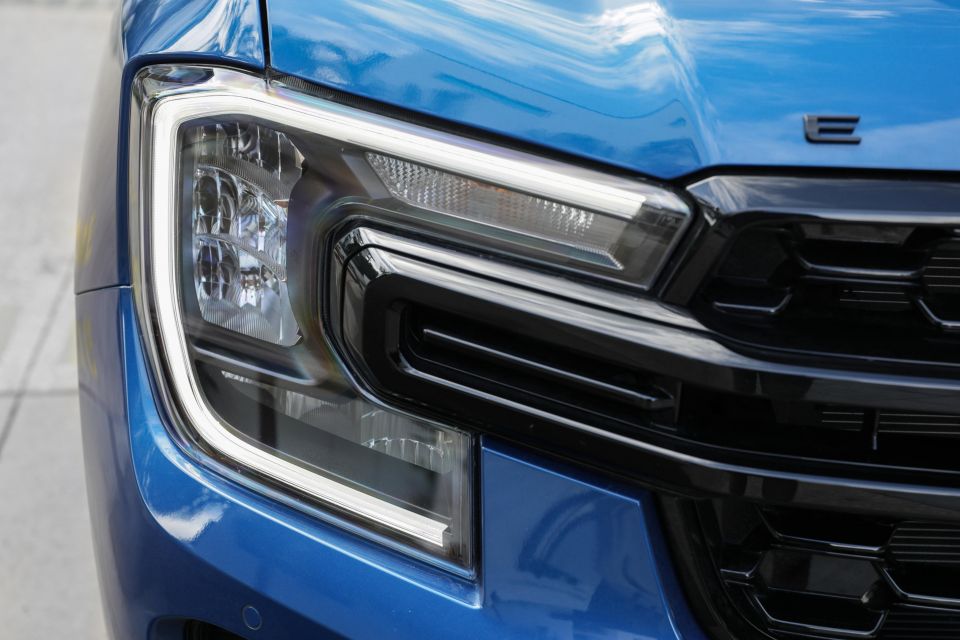

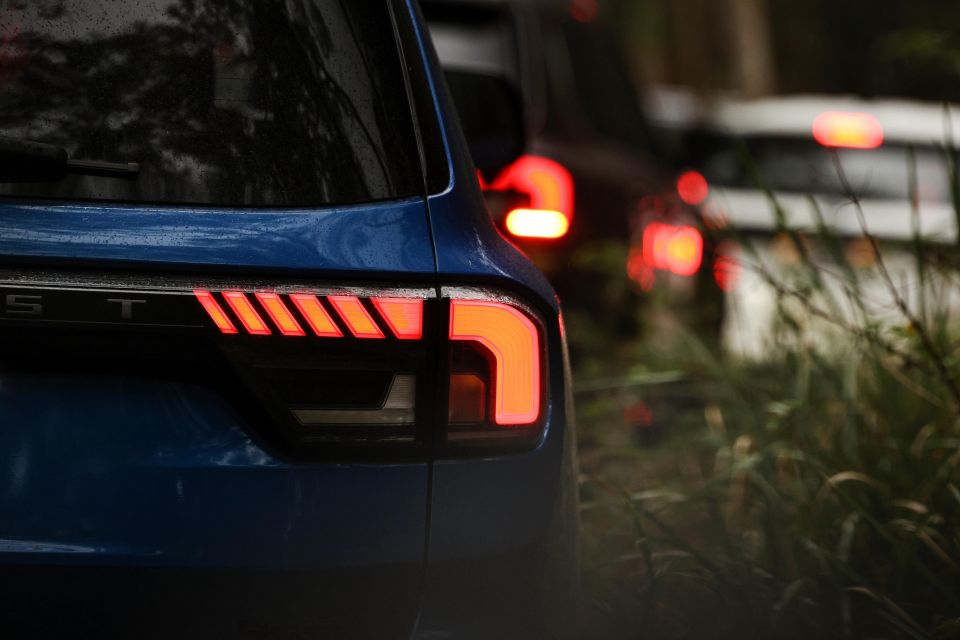
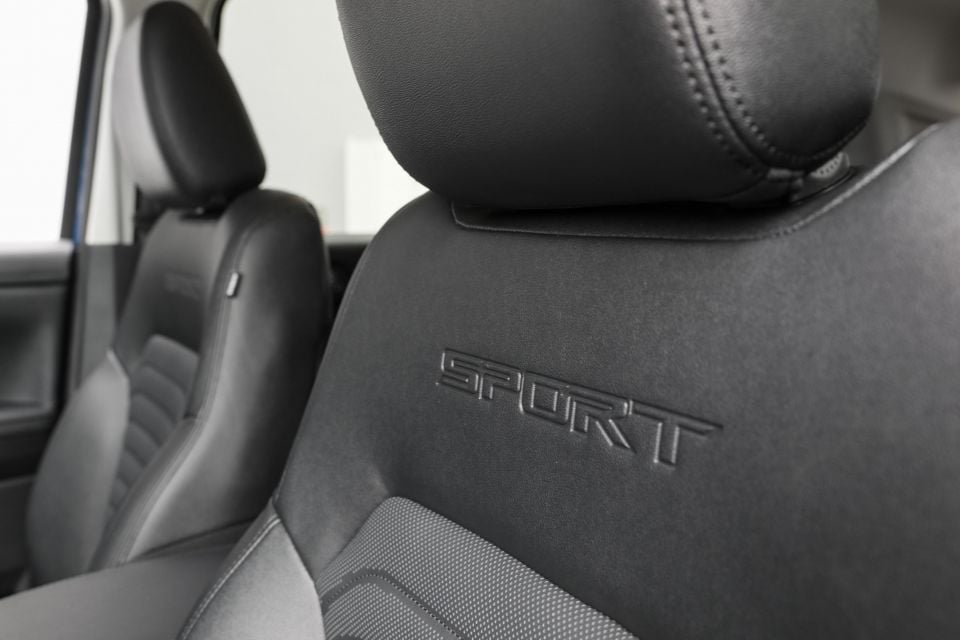
Everest Sport highlights:
That’s in addition to features found in lesser models:
You’ll need to step up to the Platinum to get features like Active Park Assist, Matrix LED headlights, a panoramic sunroof, and heated second-row seats, among other items.
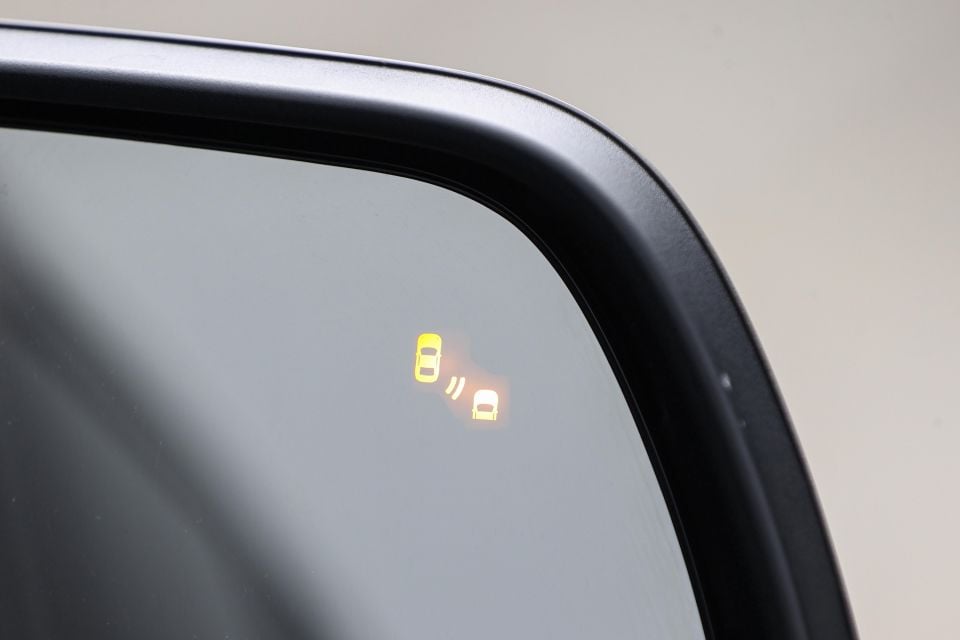
Towing Pack: $1700
Touring Pack: $1950
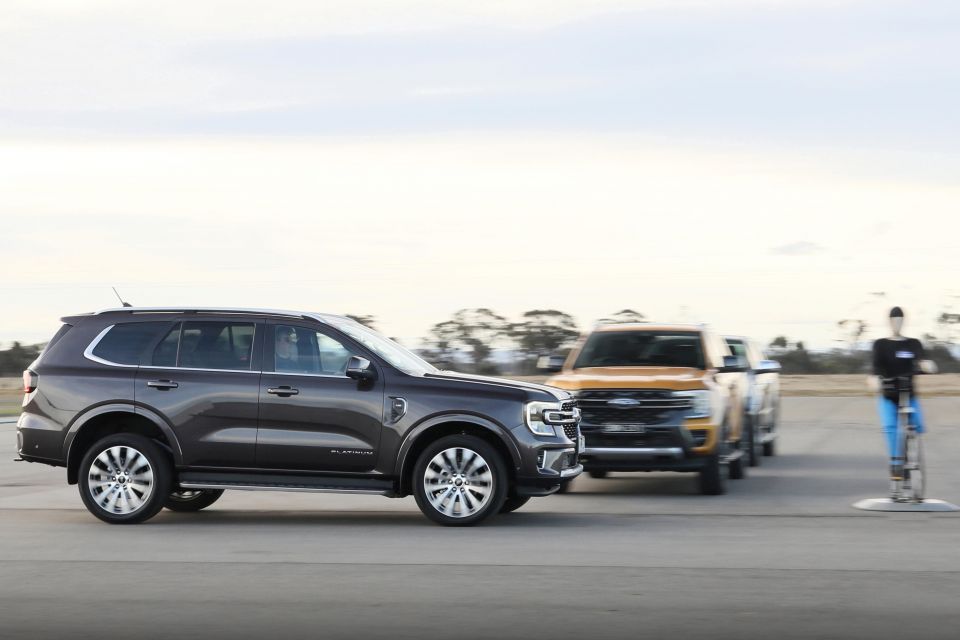
The Ford Everest earned a five-star ANCAP safety rating on the back of an 86 per cent score for adult occupant protection, a 93 per cent score for child occupant protection, a 74 per cent score for vulnerable road user protection, and an 86 per cent safety assist score.
The five-star rating applies to the whole Everest range, and is based on tests carried out on the closely related Ford Ranger ute.
Vehicles built before August 20, 2022, however, will need a software update to their lane-keeping software to mirror the specifications of five-star vehicles. Ford says dealers will carry out the update at an owner’s next service.
Standard safety equipment includes:
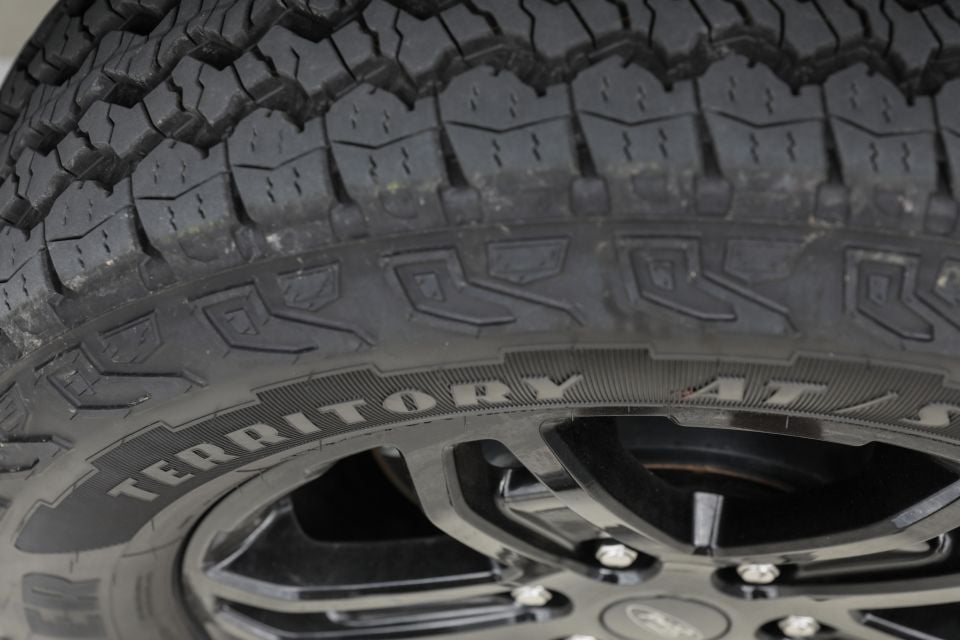
Like the wider Ford range, the Everest is backed by a five-year, unlimited-kilometre warranty.
Scheduled maintenance is required every 12 months or 15,000 kilometres – whichever comes first.
A capped-price servicing schedule is offered for the first four years or 60,000 kilometres, with each of those four visits priced at $329.
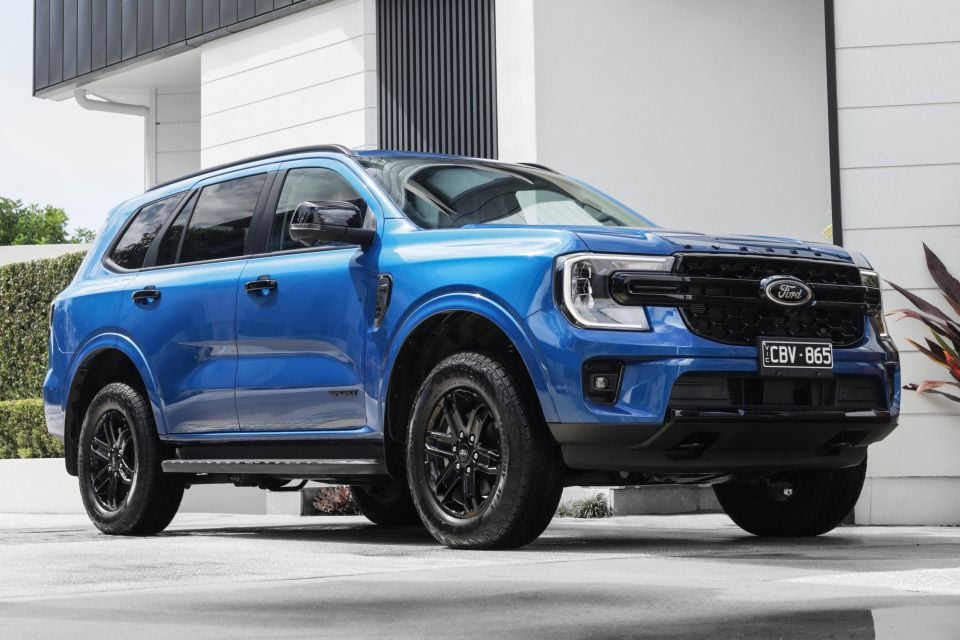
The Sport represents the sweet spot of the new Everest range.
It’s not that the Bi-Turbo four-cylinder engine is bad – far from it – but the V6 turbo-diesel is just such a pearler that it’s worth the $3800 premium, which also includes a slew of additional features to sweeten the pot.
It’s not worth spending the extra $8600 to step all the way up to the Platinum as, while it receives various luxury niceties, it doesn’t add anything truly important and its interior ambience isn’t dramatically improved.
The interior is our greatest issue with the Everest. Slick technology aside, it simply doesn’t feel becoming of an SUV at this price point in terms of build and material quality. Let’s hope this is addressed at the Everest’s first update.
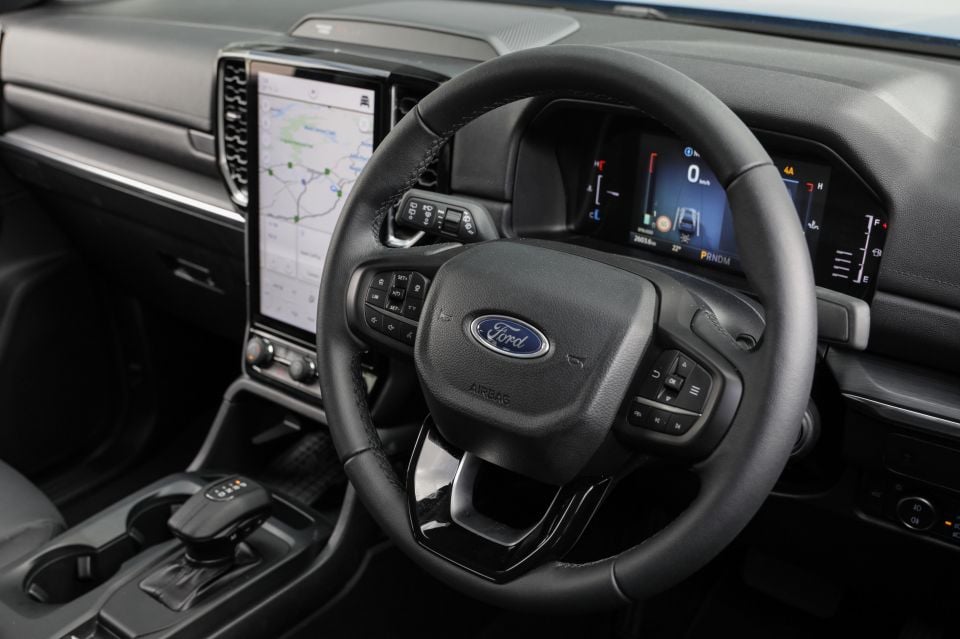
More importantly, Ford has done a superb job engineering the Everest. For a large, body-on-frame SUV, it handles surprisingly well and rides comfortably, while its steering is nicely tuned and its cabin is surprisingly quiet – it scarcely feels like a ute-based SUV at all.
Could the new Everest lure prospective Prado buyers to the Ford fold? We reckon so, given how well it drives.
The Prado’s recent bump in power and torque has made it a better drive than ever, but even its uprated 2.8-litre pales against the Everest’s V6. We’ll need to pit these two SUVs against each other to see which one is victorious.
Make no mistake though: the Everest impresses in its integration of technology, its off-road capability and the poise of its dynamics.
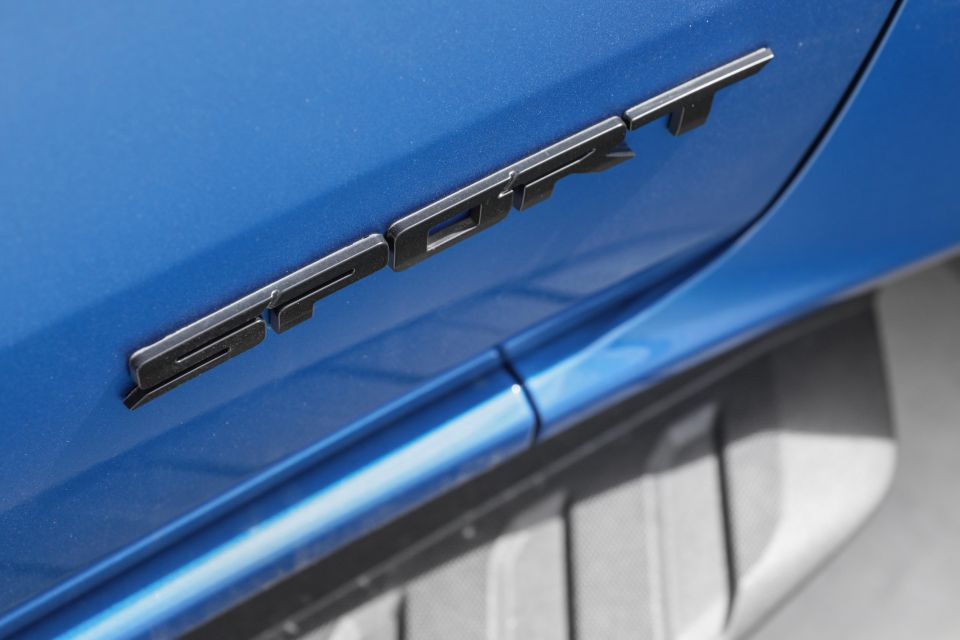
Click the images for the full gallery
MORE: Everything Ford Everest
Where expert car reviews meet expert car buying – CarExpert gives you trusted advice, personalised service and real savings on your next new car.
William Stopford is an automotive journalist with a passion for mainstream cars, automotive history and overseas auto markets.


Damion Smy
12 Hours Ago
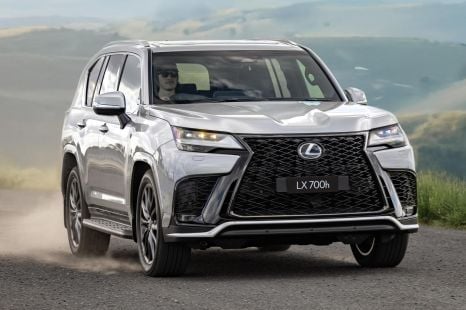

Derek Fung
16 Hours Ago
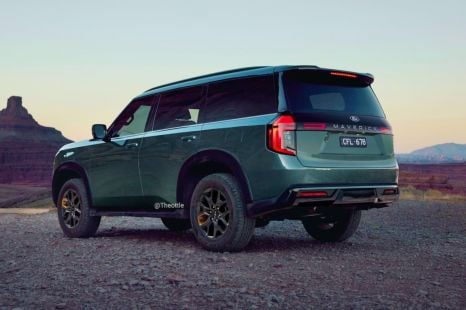

Ben Zachariah
4 Days Ago
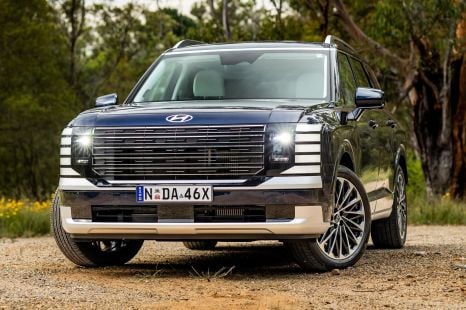

Matt Campbell
7 Days Ago
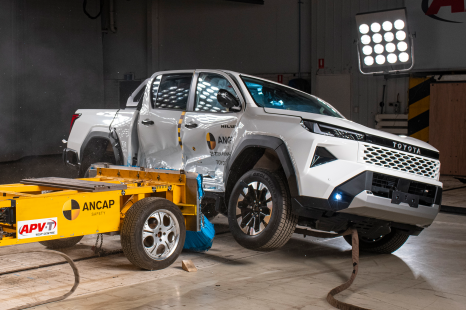

William Stopford
12 Days Ago
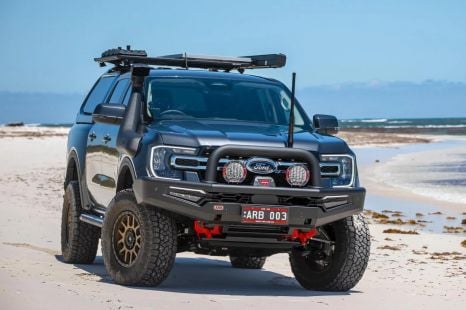

William Stopford
12 Days Ago